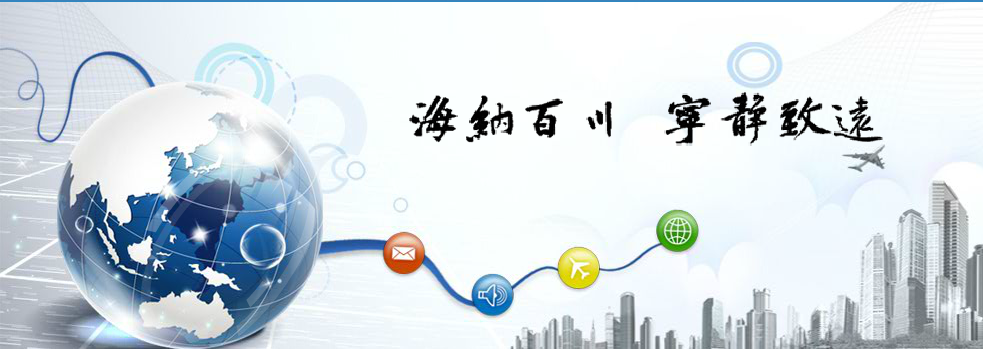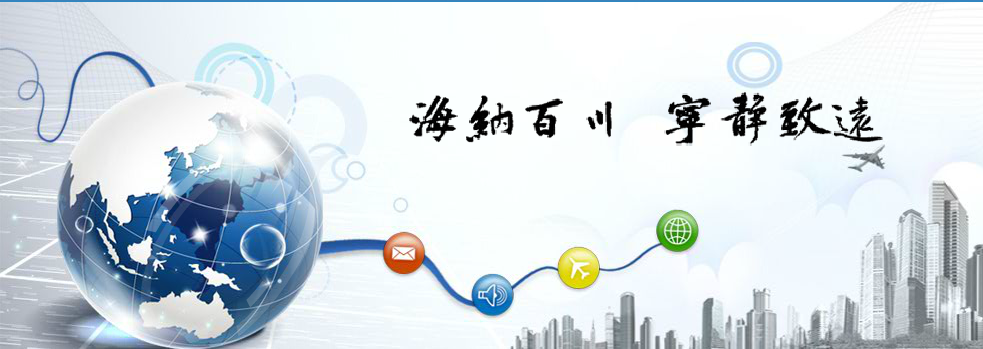


Artist Kris Kashtanova became the first person to register a copyright for an artificial intelligence-assisted work in September, for an 18-page comic book called “Zarya of the Dawn” that was created with the AI art program Midjourney.
In recent weeks, however, Kashtanova said the Copyright Office wants to revoke the registration because it had overlooked the use of AI in the creation of the comic.
The rapid rise of artificial intelligence applications has left the burgeoning industry reckoning with how the powerful new technology interacts with copyright laws that govern everything from source code to art prints. The legal landscape is far from clear, with both the creators of AI tools and the artists who use them confronting copyright questions that haven’t yet been answered.
“It’s like the wild west right now,” said Ryan Abbott, an attorney at Brown Neri Smith & Khan LLP.
In what appears to be the first copyright infringement suit against the creator of an AI program, research company OpenAI Inc.—which has created a number of AI programs including generative art program DALL-E—was hit with a class action earlier this month by two software developers who said another OpenAI program called Copilot unlawfully duplicates their code without the proper license or attribution.
“This might be the first case but it will not be the last,” said Matthew Butterick, a programmer and attorney who represents the developers in the OpenAI suit. “Everybody is racing to be first or best in the AI industry, and you know what happens when there are no regulations: People cut corners.”
Copilot Lawsuit
Copilot, which OpenAI developed in collaboration with GitHub Inc. and
The nearly 60-page complaint alleges that Copilot’s outputs often replicate copyrighted code because the AI program is trained on billions of lines of code posted on repositories like GitHub that are under open source licensing terms.
Those duplications fail to include author attribution and licensing details, key elements of most open source software agreements, the plaintiffs said.
A spokesperson for OpenAI said the company doesn’t comment on pending litigation.
OpenAI’s DALL-E has sparked similar copyright concerns related to artistic ownership, copyright infringement, and the contours of fair use. The program generates vivid digital images based on user descriptions written in plain English and is also trained on hundreds of millions of images across the internet, many of which are copyrighted.
“If you train the AI to make Picasso-like works, or Mondrian-like works, and it makes one that is sufficiently similar, that could be a copyright infringement claim,” said Mark Lemley, director of Stanford Law School’s Program in Law, Science and Technology.
Plaintiffs who can show that the AI had access to their work could bring successful infringement claims, according to Justin McNaughton, a partner at Cruz-Abrams Seigel LLC. “Then the only question is whether it’s substantially similar.”
Those copyright concerns led photography and stock images supplier Getty Images Holdings Inc. to announce in September that it would ban the sale of AI-generated images.
Butterick, who filed the Copilot lawsuit in the Northern District of California with the Saveri Law Firm, likened the new technology to Napster, the peer-to-peer music-sharing service that faced enormous legal fines after being found liable for copyright infringement.
“Everybody loved Napster, but we all kind of knew it was illegal,” Butterick said. The digital music streaming industry that emerged later did a better job at bringing artists and creators into the conversation, he added, and the AI industry should follow that model.
Who is Liable?
Abbott of Brown Neri Smith & Khan said copyright holders likely don’t want their works being used to train AI programs without permission, but OpenAI has argued otherwise.
The company said in a 2019 comment to the US Patent and Trademark Office that using machine learning algorithms that analyze copyrighted data to train an AI program should constitute fair use.
It argued that a contrary holding would have “disastrous ramifications” and “severely hinder creative AI research.”
Alex Touma, an attorney at Allen & Overy LLP, said the lack of legal precedent has made all of this “a gray area.”
“US law has not really addressed training AI datasets and whether any of that may be permitted by virtue of the transformative tests and fair use,” Touma said. “I don’t think a lot of this has been tested in the court system yet.”
McNaughton said future infringement lawsuits could target not only the makers of AI programs but anyone who may try to commercialize the outputs.
Butterick noted that the Copilot lawsuit doesn’t include a direct copyright infringement claim. Instead, the complaint relies on a provision of the Digital Millennium Copyright Act that prohibits the removal of “copyright management information” from a work, which can include authorship and license details.
The complaint has nine other causes of action, including breach of contract, privacy violations, and unfair competition.
Authorship Questions
The rise of generative AI has also raised questions about the copyrightability of works created with an AI program.
As interpreted by the Copyright Office, US copyright law requires human authorship. While the office won’t register a work created solely by AI, it will register works created with assistance from AI. The line between AI-assisted work and that created by an AI isn’t clear.
Kashtanova, the artist, wanted to test that boundary.
“I just wanted to bring ease and calm to my community and to tell them you can create art that is copyrightable,” Kashtanova—who uses she and they pronouns—said about their decision to seek registration. They announced plans, with the help of Midjourney, to appeal the Copyright Office’s planned decision to revoke registration.
The Copyright Office said in a statement emailed to Bloomberg Law that it is standard practice to not comment on specific registration applications. “The Office will not knowingly grant registration to a work that was claimed to have been created solely by machine with artificial intelligence,” it noted.
AI inventor Stephen Thaler is also challenging the Copyright Office’s stance on AI authorship. Represented by Abbott, he filed a lawsuit in June after the office refused to register a digital image created by an AI system called Creativity Machine. Unlike Kashtanova, Thaler doesn’t claim authorship himself, but rather asked that his Creativity Machine be listed as the creator.
In August, the US Court of Appeals for the Federal Circuit ruled against Thaler in a separate intellectual property case, finding that an AI system can’t be recognized as the inventor on a patent.
How IP laws intersect with AI varies across the world. In the United Kingdom, AI-generated works are explicitly allowed to be copyrighted by the arranger of the work, whereas in France, even corporate authorship is rejected because authorship is perceived as a uniquely human endeavor.
“The law as it is written currently should accommodate AI generated works because authors are not required to be human beings,” Abbott said of US law. “In fact, for over a century, the United States has allowed entities such as corporations to be authors.”
The Copyright Office and the PTO collaborated last year to host a conference on copyright law and machine learning, and both agencies have said they will take a closer look at the subject as it continues to develop.
Attorneys, though, are concerned that current guidance is not evolving quickly enough to meet the needs at hand.
“We’re really going to see this issue arising a lot in the future,” Touma said. “I think right now with the current framework there’s definitely too much confusion and too much gray.”

 English
English

